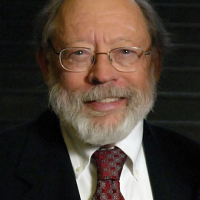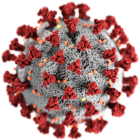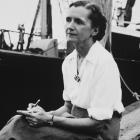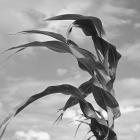“Gerbils Without Borders: Invasiveness, Plague, and Micro-Global Histories of Science (1932–1939)”
Drawing upon archival records in Namibia, South Africa, Portugal, the United States, and the United Kingdom, this article argues that concerns over the spread of plague across land borders led to the development of a nascent invasive species framework which indicted border-crossing “migrant” South African gerbils for the international spread of the disease.







